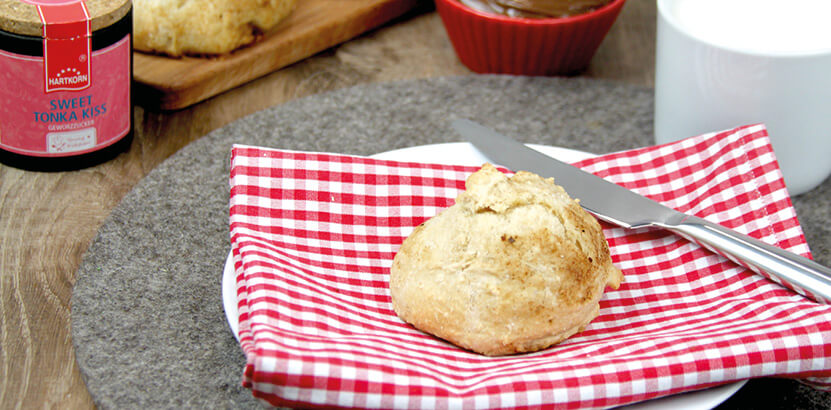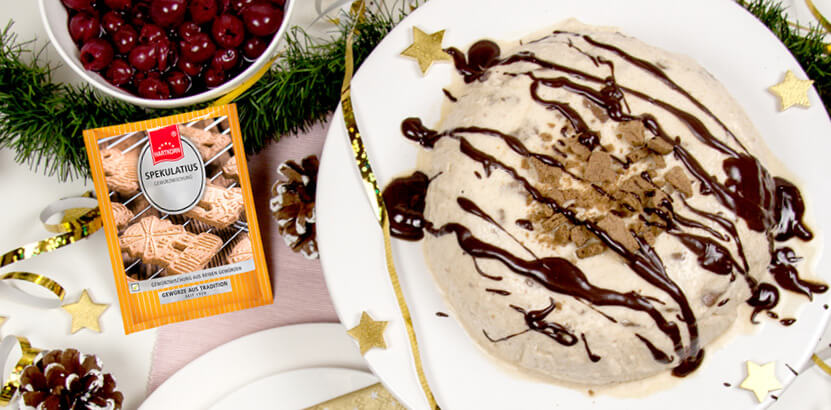Synonyms: Botanical family: origin: Classification: spice shape: flavor: odor: use: The caraway seeds have a very characteristic and pleasant smell and are bitingly spicy in taste. The distinct caraway aroma is especially suitable for bread and baked goods, for meat dishes and vegetables, especially for sauerkraut and other cabbage dishes, as well as for salads and potatoes. Caraway is contained in many sausage spice mixtures. It is also often used for alcoholic beverages. In some areas the young leaves with their mild aroma are also appreciated and are used to season soups and salads. As a remedy, it is especially well known for the relief of digestive problems and mild cramping in the stomach and intestines, as well as for flatulence - Carum Carvi baby suppositories have already been used for babies and are available in pharmacies -. Tip: Recipe suggestion: knowledge: Botany: home & spread: cultivation & extraction: history: Caraway
 Botanical name:
Botanical name:
Carum carvi L.
Carum carvi L.
umbelliferous plants
Egypt, Poland, Denmark, Hungary, Turkey, Netherlands
spice
fruit
spicy, weakly burning
aromatic
caraway bread, sausage, curd cheese, cheese, sauerkraut, cabbage, potatoes, meat, sauces, salads
To prevent whole grains from being bitten during consumption, you can put the caraway seeds in a herb egg
Caraway soup: Prepare a dark sweat from flour and butter. Deglaze with 1 l water while stirring vigorously. Season to taste with 1 tablespoon of crushed caraway, 1 pressed clove of garlic, salt, nutmeg and black pepper. Simmer for 1/2 hour. Mix 125 g Emmentaler with some milk and add to the soup.
Medicine: Carum Carvi baby suppositories are used for flatulence and abdominal cramps in infants. You can get it in the pharmacy.
Like anise, coriander and dill, caraway belongs to the umbelliferous family. The plant is biennial, grows about 60 to 100 cm high and carries evenly pinnate leaves. The numerous flowers stand in a dense white umbel and have small, inwardly curved petals. The typical double-split fruits ripened from them divide easily into 4 to 6 mm long, slightly sickle-shaped, slender and pointed single fruits, which have 5 distinct light ribs on the long side with dark valleys in between.
Caraway is a cosmopolitan - it exists all over the world, over which it spread, coming from its original homeland (Europe and parts of Asia), many thousands of years ago. Today, important growing areas can be found in southern France, Holland, England, central Germany, Sweden and Russia.
Large-scale agriculture predominates. But caraway seeds can also be found in many herb gardens. At the ripening time in the 2nd year the caraway seeds are usually harvested with combine harvesters, then threshed and carefully dried under frequent turning either in cold ventilation systems or in warm air. Whole or ground caraway can be found in stores. The caraway oil and caraway oleoresin that comes from caraway is also available in stores.
Caraway is probably the oldest spice used in Europe - it was found in the remains of Neolithic lake dwellings. Charlemagne prescribed, among other things, the cultivation of caraway seeds in 812 for his Maierhof farms. Many documents and manuscripts attest to the widespread use of caraway seeds in the Middle Ages throughout Europe, from Sicily to the northern tree line.
http://de.wikipedia.org/wiki/Kümmel







